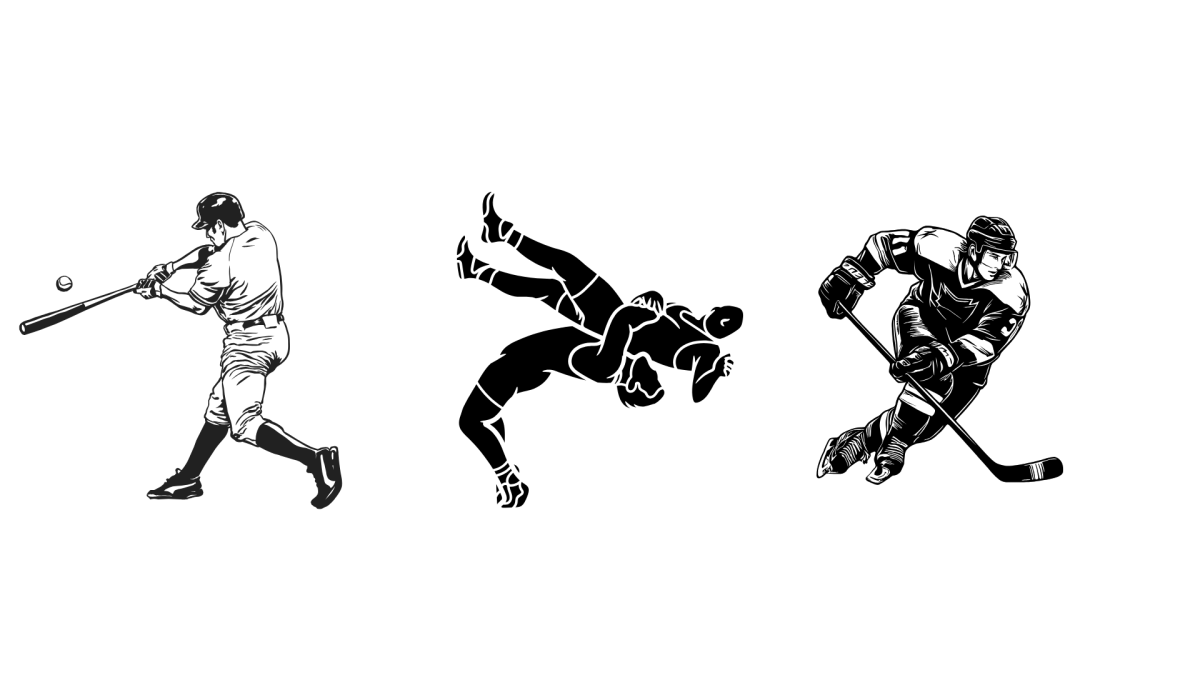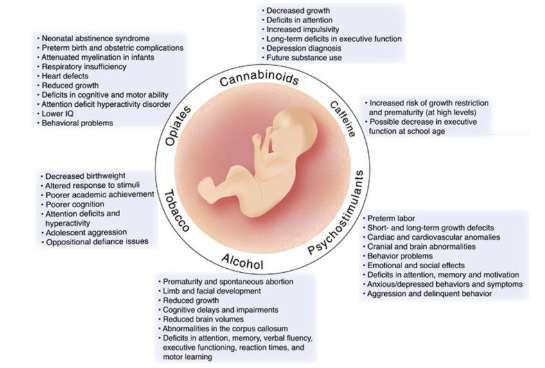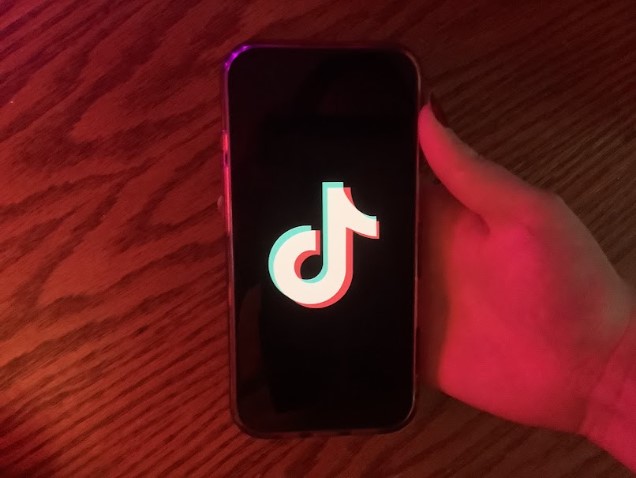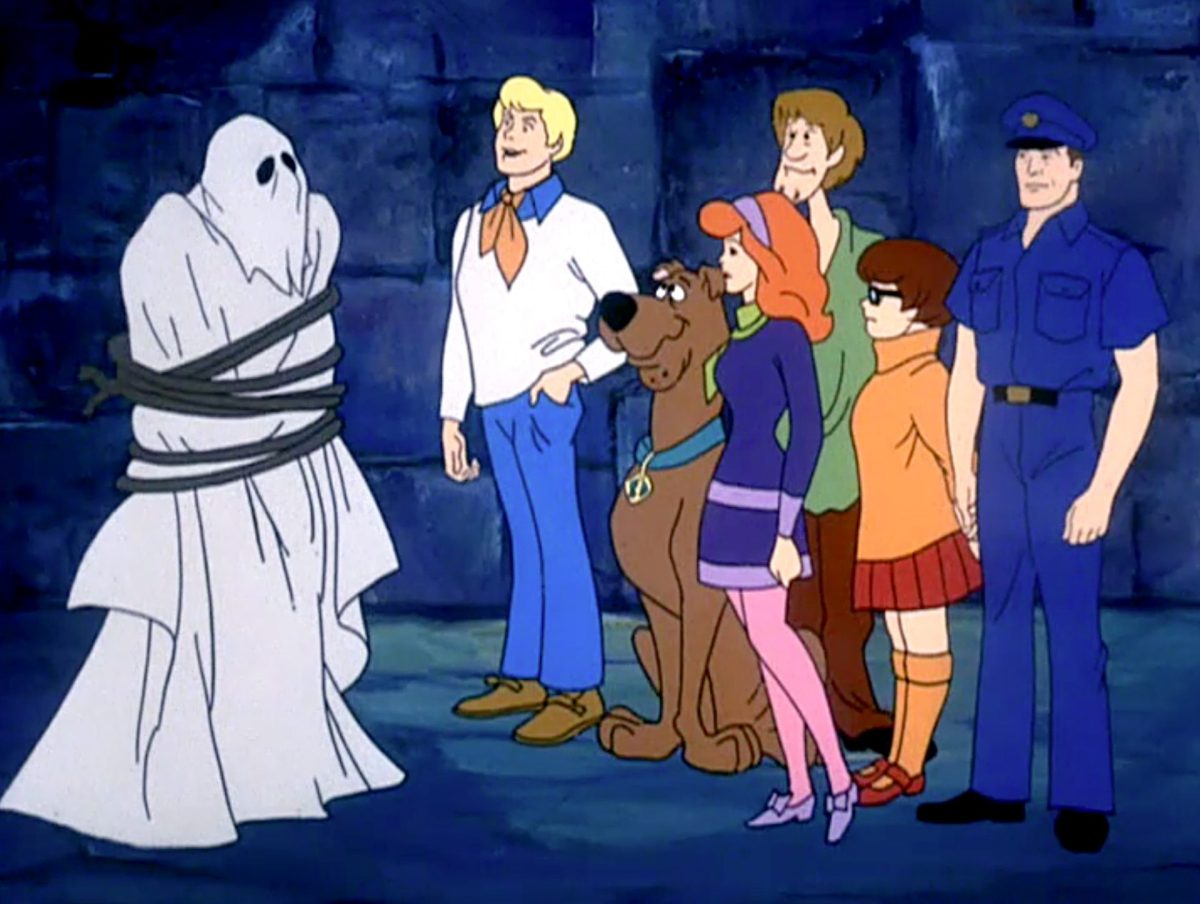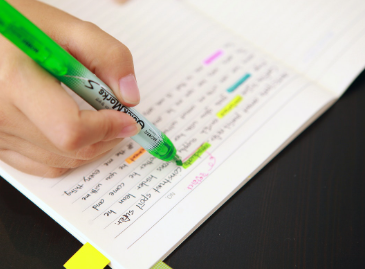
As school begins again, many students find themselves re-invigorated. They’ll say this is their year, the year they ”lock in” and get their work done on time and be attentive. I was one of those people last year.
I decided that my final year would be my best year. But that got me thinking, how would I do that? The simple answer is taking proper notes and being attentive in class. But that led me to a new problem. What is the best way to take notes? What way would benefit me the most?
With my determination to make last year of high school my best year, I decided that I would solve this problem.
Here’s how: I was going to test each note-taking strategy over the course of three days. On the first day, I would take notes by hand in class. On the second day, I would take notes typing on a laptop. And on the third day, I would voice record and listen back to it later that night.
Here’s the interesting thing, if I wanted to take notes about my realizations about taking notes, it would have to be in that certain style. This will become interesting on day three.
But first, let’s talk about Day 1.
Day 1 – Writing Notes by hand
Hand taking notes is the original note taking style. Before laptops were light enough to carry around, and phones could record audio, writing was the only way.
Looking at my day, taking notes by hand didn’t negatively affect or slow me down, but it also didn’t make me overall better. The problem is, because we live in such an online world, the notes that I took on paper didn’t mostly coincide with assignments or readings online.
For example, the assignment I was working on for my English class was an online document. Actually taking notes for the class was fine, but I was still relying on my laptop.
Taking notes for my statistics class was extremely helpful. Writing the equations were quick and simple, and the homework was on paper as well so it was nice to have my notes easily available.
In sociology, notes were provided in class, and I had to write the terms from the lesson. This was nice except I’d have to look up every few seconds to remember what the term was then crank my head down to continue writing. By the end, my notes were pretty messy.
Talking with a classmate, who is to remain anonymous, said handwriting for them was the only way.
“I actually prefer handwriting everything,” they said. “It’s slower, yeah, but it forces me to pay attention. I zone out when I type. Plus, I color-code with pens, and I swear it helps me remember more.”
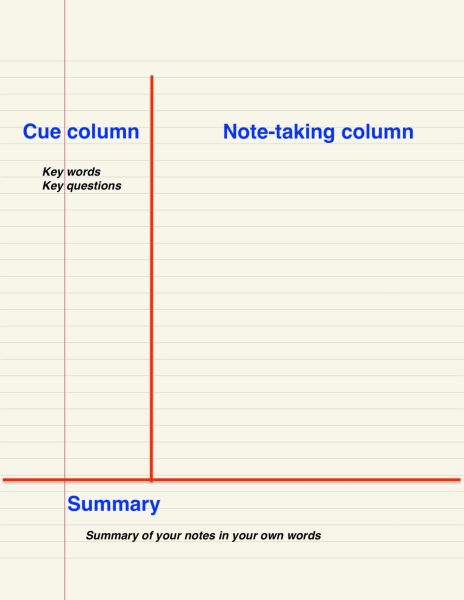
If you aren’t interested in color-coding your notes, there are other ways to make your notes clean and concise.
“I recommend using the Cornell notes method. It’s straightforward and simultaneously forces you to review the material while taking down notes,” said senior Rushil Srikakolapu.
The Cornell method splits the paper into three sections. A note-taking section, a cues section, and a summary section. The not
e-taking section is where you write the notes. The cues section will contain keywords and phrases, and then the summary section is a summary of the notes on the paper, which is what Srikakolapu described as a way to review while taking notes.
Just like hand-writing notes, day one was simple and straightforward.
Day 2 – Typing Notes on a Laptop
Typing your notes is probably the most common method among high school and college students today. Laptops are fast, efficient, and they give your fingers a break from the hand cramps that come with scribbling furiously for 50 minutes. So when Day 2 rolled around, I opened up my laptop, placed it on my desk in first period, and started typing away.
Here’s the thing—typing is fast. I was able to get nearly everything the teacher said down word-for-word. That felt powerful. It felt like I was a machine capturing all the knowledge in real-time. But there’s a catch, and it’s a big one.
A study published by Pam Mueller and Daniel Oppenheimer called, “The Pen Is Mightier Than the Keyboard: Advantages of Longhand Over Laptop Note Taking” found that students who type their notes often fall into the trap of transcribing lectures verbatim. That might sound efficient, but it turns out this method doesn’t help with long-term retention.
The brain doesn’t have to process or summarize anything—it just copies. When you write by hand, you’re naturally forced to rephrase, shorten, and interpret what’s being said. That act of mentally summarizing helps with memory.
I noticed this myself. Even though I had pages of clean, legible notes from my history and biology classes that day, I couldn’t remember half of what was said by the end of the school day. It was almost like I had just copied and pasted the teacher’s voice into a Google Doc and never actually thought about it.
In my math class, however, typing notes didn’t work at all. I had a feeling that this would happen after day 1 had finished and I was looking at strange symbols on my hand-written notes.
Trying to format equations on a laptop was slow and clunky. I kept switching between typing and drawing with the touchpad, and it just wasn’t practical. This showed me something else: even if typing is great in one class, it’s a disaster in another.
Yet, senior Cole Hanas disagreed with me. “For me personally, a laptop is just easier, and quicker.”
Hanas brings his personal laptop to school, “I’m most comfortable with taking notes on it. I don’t like the school laptops,” he said. I found this interesting, because for him, he prioritized the note-taking style that he was most comfortable with. So, even if hand-written notes may scientifically be better, if you’re not comfortable with it, then it’ll never work for you.
Day 3 – Voice Recording
This was the most unorthodox strategy, and honestly, the most awkward one. I told my teachers ahead of time that I’d be voice recording the class that day. Most of them were fine with it, but I still felt weird about it. Something about hitting the red “Record” button on my phone and laying it on the desk felt like I was doing something sneaky, even though it was completely allowed.
Anyways, the plan was to record the entire class and then listen to it back later that night while taking notes. In theory, it sounded amazing. I’d be able to focus 100% during class and catch everything I missed later. In practice? Not so smooth.
The first problem was background noise. In one class, I sat near the window, and the constant sound of buses outside completely drowned out my teacher’s voice. In another, a kid behind me was whispering jokes the whole time. They weren’t even funny. Just loud.
When I did get a clean recording, the process of re-listening took forever. A 45-minute class turned into an hour and fifteen minutes of stop-and-start playback. I’d pause, rewind, write, listen, and repeat. By the end of the night, I was exhausted. I felt like I had just done the school day twice.
But—and this is a big but—my retention was amazing. Since I was focusing during class and again during playback, I had basically gone over the material twice. I found that I remembered more from this day than the previous two. So while this method was annoying, time-consuming, and awkward, it had some serious benefits.
And remember what I said about taking notes about taking notes with the specific style of note-taking? Yes, that was a lot of notes in that sentence, but when I was taking notes over my day of voice recording, these notes were most fun.
Listening back to them I couldn’t help but chuckle. I realized that if I didn’t voice record my notes immediately, I’d begin forgetting things, which was marked by big pauses and “uhms” and “uhs” in my notes.
Putting It All Together
So back to our original question: What is the best note-taking strategy?
I wish I had a clean, satisfying answer. One that says “Always type,” or “Always record,” or “Only write by hand.” But the truth is, there isn’t one. Like I said before, it depends on you. What kind of learner are you? What kind of class is it? What’s your schedule like after school.
From a scientific standpoint, writing by hand seems to activate more cognitive engagement. But that doesn’t mean it’s the only way to succeed
Typing is great for classes where speed matters, or when the information is mostly textual. For example, history lectures, English discussions, or psychology notes can all be typed efficiently—if you’re careful not to zone out and become a transcription robot.
Recording audio can be super helpful for students who have trouble writing fast or for classes that are more about listening and less about note-heavy lectures. If you’re an auditory learner, this might be your best tool.
A Hybrid Approach
After all three days, I realized the best note-taking strategy for me was a hybrid method. I now bring a notebook and my laptop to class. I handwrite notes during classes like math and science, where I need to draw graphs or formulas. For lecture-heavy classes, I type, but I also keep a sticky note on my screen that says “Don’t copy—summarize!” It’s a reminder to keep my brain engaged.
Occasionally, I still record short audio notes—like after class when I have a new idea or didn’t understand something. I’ll walk out of the classroom and do a 30-second voice memo: “Okay, that part about social capital was confusing—look it up later.” It’s not a full recording, but it helps capture thoughts in the moment.
Final Thoughts
I started this test thinking I’d find the one best way to take notes, like some sort of secret code to success. But what I really found was something more valuable: awareness. I became more aware of how I learn, how different classes demand different strategies, and how being flexible is way more powerful than being perfect.
So if you’re like me, starting a new school year full of ambition and ready to “lock in,” remember that taking notes isn’t just about recording words—it’s about learning how you process information best. Try different methods. Mix and match. See what sticks.
In the words of Bill Gates “It doesn’t matter how you record your notes, as long as you do.”
That’s the real key.
Note-taking study:
https://brucehayes.org/Teaching/papers/MuellerAndOppenheimer2014OnTakingNotesByHand.pdf


